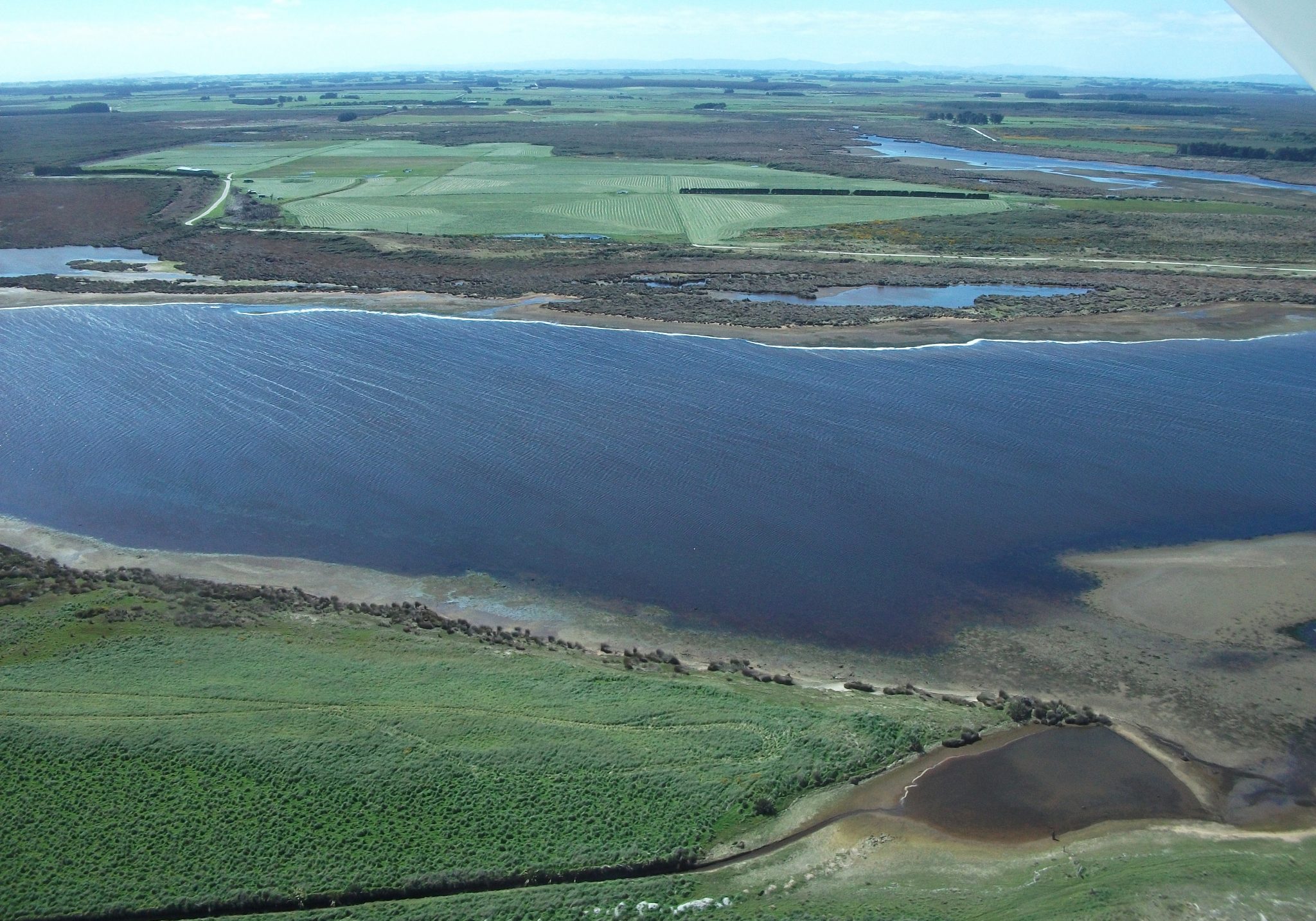Dairy co-op Fonterra will take a leading role in moving agriculture to an environmentally sustainable basis, its director of social responsibility has pledged.
Carolyn Mortland’s comments came at the Environmental Defence Society Conference in Auckland, where she said the New Zealand agri-co-op giant would consider new ideas to change the industry.
New Zealand’s Dairy News reported her as saying Fonterra would support its own farmers through the process, collaborate with others on a regional, national and international level, and would invest in scientific innovations to lessen the industry’s environmental footprint.
“It will take collaboration,” she said, “whether that is through technological solutions or catchment care groups. It will not happen through ad hoc solitary efforts.
“It will take a systems approach where we think about a problem end-to-end across all aspects of the problem – the environmental, social and economic, the intellectual and emotional, the future and the immediate.”
She added that it was time to “empower and celebrate leadership from any quarter and work together seeking solutions from obvious and unusual partners. This is the generation to do it and now is the time to act.”
Ms Mortland warned that the world is witnessing an ever-growing demand for nutrition from a system that is close to, or in some cases past, the boundaries of the planet’s ability to provide it.
“We need to do this in a world that has got suddenly very small,” she said. “Global consumers can connect with local communities with the click of a button; people will pay for a product which makes them feel safe or good or both; reputations can be made or destroyed in 24 hours; and the youth of today do not think profit at the expense of our planet is OK.”
She added that New Zealand’s agricultural sector is well-placed to lead the way.

“We know how to look after pasture, crops and animals and we have extremely innovative farmers and people,” she said. “And we come from an economy in a developed part of the world which means we are best placed to adapt to the new world.
“Our challenge is to make that food while sticking to environmental limits, and in fact while replenishing the environment… that’s the only way we will ensure our ability to produce food and enjoy our country for many generations.
“The challenge is ours now because although there is an exciting future, it is this generation that has to create the enablers for this to happen. We could have done it earlier, we can’t do it later.”
Ms Mortland said one important step was to create certainty by setting farmers clear limits on environmental impact, from water quality to carbon emissions.
Certainty is also needed on environmental limits, whether that’s water quality or biodiversity loss or greenhouse gas emissions, she added.
“Things will always evolve as the science gets better. But we need to understand what our boundaries are and start to quantify the size of the gap,” she told the conference.
Current green initiatives from Fonterra include the Living Water Partnership, launched with New Zealand’s Department of Conservation in 2013, to make the dairy industry sustainable in terms of freshwater systems.
In July, the co-op announced a plan to clean up 50 water catchment systems.
And last month, Living Water helped secure $6.5m from the ministry for the environment to support freshwater improvement partnerships in the Northland, Canterbury and Southland regions.
Living Water national manager, Trish Kirkland-Smith, said: “It is exciting that Living Water can collaborate with other passionate and dedicated organisations and landowners to deliver projects with the potential to start making a real difference to New Zealand’s freshwater ecosystems and water.”
The Wairoa River Project in Northland will reduce sediment and bacteria levels in the Wairoa River and its tributaries by working with landowners to set up sustainable land management practices incorporating Mātauranga Māori. This includes establishing and implementing farm environment plans, fencing, wetland enhancement, soil conservation and monitoring activities.
The Snake Creek Restoration Project in Canterbury will transform the man-made drain and water network into a healthy freshwater ecosystem to protect one of New Zealand’s main trout spawning grounds. It involves restoring 1,680 metres of the creek by establishing sediment traps and other sediment mitigation measures, re-battering stream banks, planting native grasses and deepening a well to ensure the creek’s water quantity.
And the Whakamana Te Waituna programme in Southland will demonstrate the scalability of alternative drainage system designs and technologies to reduce the impacts of ground and surface water contaminants on Waituna Lagoon and its tributaries.
Contaminant reduction targets, farm plans and establishing a buffer around Waituna Lagoon will be critical tools deployed as part of the project.
Other recent initiatives from Fonterra include a pledge in August 2016 to only source palm products from suppliers who do not cut down rainforests, while in May, its processing plant in Edendale was named the most energy efficient dairy manufacturing site in New Zealand by the Energy Efficiency and Conservation Authority.